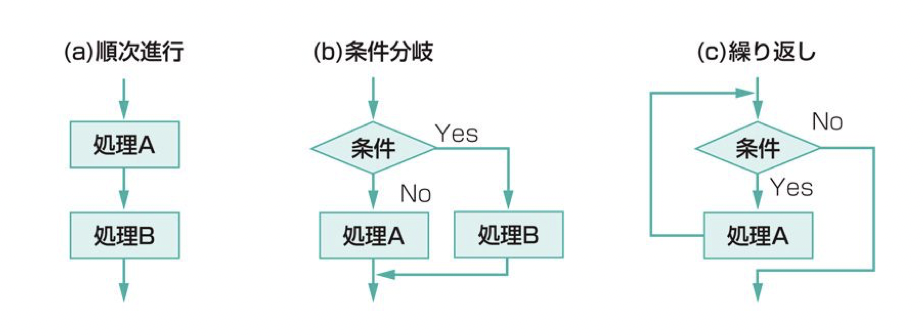Artificial Intelligence Programming C Language
I have already mentioned programming languages before, but this time I will discuss their history.
With the development of computers such as ENIAC and EDVAC, which began in the 1940s, the programming languages that run them have changed dramatically.
The principle of a computer is that it is a huge and complex calculating machine, and the information handled in it is numbers. Therefore, early programming was in machine language, which is a sequence of numbers. A sample is shown below.
A10010
BB160210
01D0
A10410The above is just an instruction to perform a very simple arithmetic calculation, but it is difficult to understand what is written just by looking at the string. In response to this, an assembler language was created as shown below.
MOV AX, X
MOV DX, Y
ADD AX, DX
MOV Z, AXThis assembler language was read into another program called an assembler that compiled it and converted it into machine language to be executed on a computer.
This was reworked into a human-friendly form called a “high-level language,” the first of which was FORTRAN, and the code is shown below.
Z=X+YIt describes the same contents as the aforementioned machine language and assembler language, but the code is very easy to read and you can understand what you are writing even if you do not fully understand the language.
With the advent of these high-level languages, the threshold for writing programming languages was lowered, and with the development of semiconductor technology, the performance of the computers themselves improved, which led to the generation of more complex and larger amounts of code, and improvements were made to improve the productivity of programming.
One of these improvements will be “structured programming“. Structured programming was proposed by Edgar Dijkstra, who invented the Dijkstra’s algorithm, a solution to the shortest path problem in graph theory. The basic concept is that “in order to create a program that works properly, it is important to create a structure that is easy to understand.” Specifically, he advocated the elimination of the GOTO statement, which is the main cause of program incomprehension, and the expression of logic in only three structures: (1) sequential progression, (2) conditional branching, and (3) repetition. (1) sequential progression, (2) conditional branching, and (3) repetition.

オブジェクト指向で何故つくるのかより
These three basic structures are so powerful and yet simple that they have become the fundamental concept of current programming languages. In other words, if you can learn these three structures in each language when you learn programming, you will be able to do basic coding by understanding the data structures and external IF (file input/output, etc.) of each language.
Structured programming languages include ALGOL, Pascal, and C.
The next evolutionary direction of structured programming is to “improve maintainability” and “improve reusability”. The next step in the evolution of structured programming will be to improve maintainability and reusability, which will be implemented in various ways, such as object-oriented and functional.


コメント
[…] History of Programming Languages From machine language to functional language […]